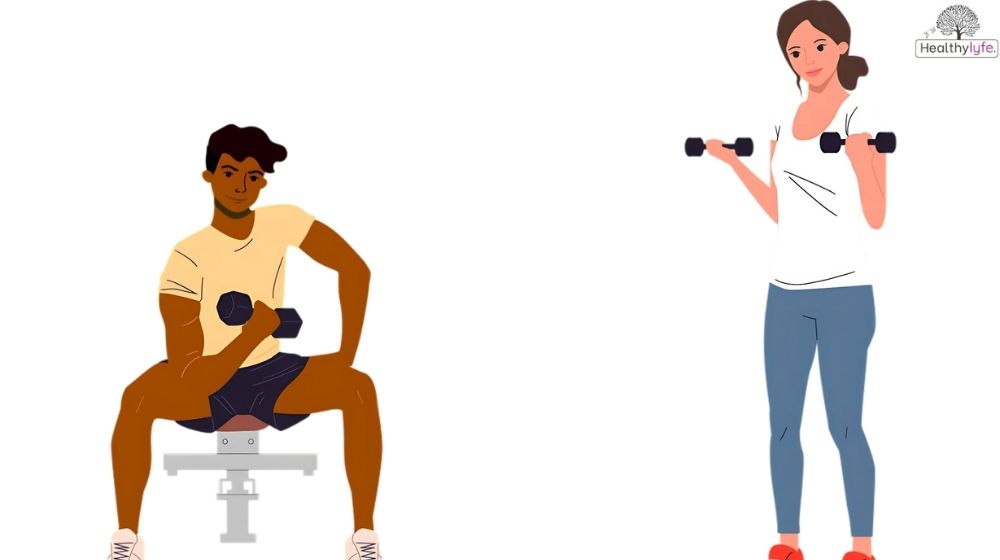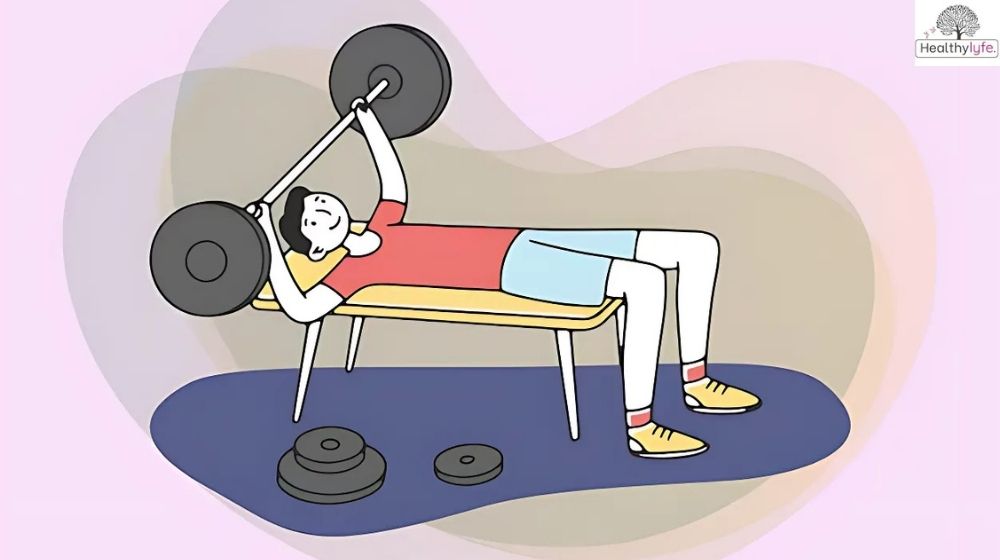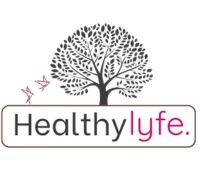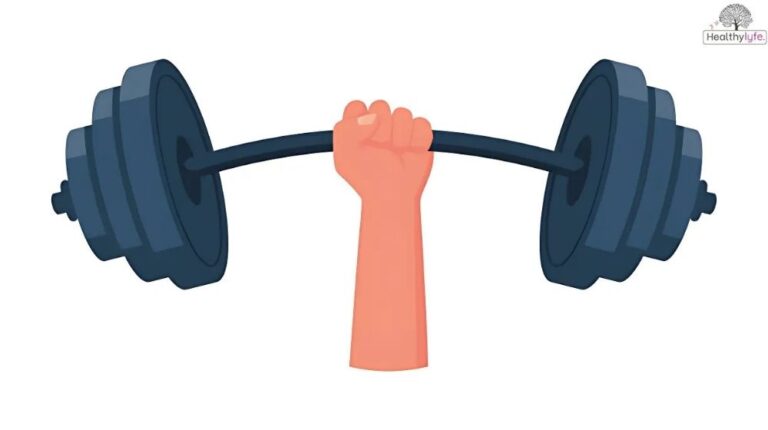Boost strength and fitness with bodyweight exercises. No equipment needed for effective resistance training.
Introduction
Resistance training is a great way to build strength, improve fitness, and stay healthy. While lifting weights is common, bodyweight exercises are a simple and effective option that anyone can try.
Bodyweight exercises like push-ups, squats, and planks use your own body as resistance. They don’t need any equipment, so you can do them anywhere—at home, in the park, or even while traveling. Plus, they work for all fitness levels, from beginners to pros.
What is Resistance Training?
Resistance training is a type of exercise that makes your muscles work harder to get stronger. It’s also called strength training or weight training.

This kind of workout uses resistance, like weights, resistance bands, or even your own body weight, to challenge your muscles. Exercises like push-ups, squats, and lifting weights are all forms of resistance training. The goal is to build strength, improve endurance, and make your muscles and bones healthier. It’s great for anyone who wants to get fit, stay strong, or boost their overall health.
Type of Resistance Training?
Resistance training comes in different forms, making it easy to find one that fits your fitness goals and lifestyle. Here are the main types:
- Bodyweight Exercises
Use your own body weight as resistance. Examples include push-ups, squats, lunges, and planks. These exercises are simple, require no equipment, and can be done anywhere. - Free Weights
Use weights like dumbbells, barbells, or kettlebells. Free weights allow for a wide range of motion and target multiple muscle groups. - Resistance Bands
Elastic bands create tension when stretched. They’re lightweight, portable, and great for home workouts or adding variety to your routine. - Weight Machines
Found in most gyms, these machines guide your movements and provide adjustable resistance. They’re great for beginners learning proper form. - Isometric Exercises
Hold a position without moving, like a plank or wall sit. These exercises focus on building endurance and stability. - Plyometric Training
High-intensity, explosive movements like jump squats or burpees. Plyometrics combine resistance with speed to improve power and strength.
Benefits of Resistance Training [1]
Resistance training is more than just building muscles—it’s a key part of a healthy lifestyle. Whether you’re lifting weights, using resistance bands, or doing bodyweight exercises, this type of workout can improve your body, mind, and overall well-being.
- Increases Muscle Strength
Resistance training strengthens your muscles, making everyday tasks like lifting, carrying, or climbing stairs easier. It also improves athletic performance and reduces the risk of injuries. - Boosts Bone Health
By putting stress on your bones, resistance training helps improve bone density and reduces the risk of osteoporosis as you age. - Enhances Metabolism
Building muscle increases your resting metabolic rate, meaning you burn more calories even when you’re not exercising. This helps with weight management. - Improves Balance and Stability
Strengthening muscles improves your balance and coordination, which is especially important as you age to prevent falls. - Supports Mental Health
Resistance training has been shown to reduce symptoms of anxiety and depression. It also boosts confidence and mental focus. - Promotes Better Posture
Strong muscles, especially in your core and back, help you maintain good posture and reduce the risk of back pain. - Increases Flexibility and Mobility
Regular strength exercises improve your range of motion, making it easier to move freely and avoid stiffness. - Customizable for All Fitness Levels
Resistance training is versatile and can be tailored to suit beginners, seasoned athletes, or anyone in between.
Diet Plan for Resistance Training
Eating the right foods is just as important as working out when it comes to resistance training. Your body needs fuel to build muscles, recover, and stay energised. A good diet should include:
- Protein for muscle growth and repair (chicken, eggs, fish, beans).
- Carbohydrates for energy (whole grains, fruits, vegetables).
- Healthy fats for overall health (nuts, seeds, avocado, olive oil).
- Water to stay hydrated and perform your best.
Simple Diet Plan for Resistance Training
| Meal | Time | What to Eat |
|---|---|---|
| Breakfast | 7:00 AM | Eggs, whole-grain toast, avocado, and orange juice |
| Snack | 10:00 AM | Greek yogurt with nuts |
| Lunch | 1:00 PM | Grilled chicken, quinoa, and steamed broccoli |
| Pre-Workout | 4:00 PM | Banana with peanut butter or a protein shake |
| Post-Workout | 6:30 PM | Salmon, sweet potato, and asparagus |
| Dinner | 8:00 PM | Turkey or tofu stir-fry with brown rice and veggies |
| Snack | 9:30 PM | Cottage cheese or a handful of almonds |
Tips
- Adjust portions based on your goals (gain muscle, lose weight, or maintain).
- Mix up your meals to keep things interesting.
- Stick to the plan and stay consistent for the best results.
Tips for Success
To get the best results from resistance training, consistency and smart choices are key. Whether you’re just starting out or already experienced, these simple tips will help you succeed.

Be Consistent
Stick to a regular workout schedule, aiming for at least 2-3 times a week. Consistency helps you build strength over time.
Progress Slowly
Start with weights that feel manageable, then gradually increase the weight or intensity as you get stronger. This prevents injury and helps your muscles adapt.
Focus on Good Form
Always pay attention to your posture and technique. Proper form is more important than lifting heavy weights to avoid injury.
Rest and Recover
Your muscles grow during rest. Take at least 1-2 rest days a week to give your body time to recover.
Eat Right
Make sure to eat enough protein, carbs, and healthy fats to support muscle growth and recovery.
Stay Hydrated
Drink plenty of water before, during, and after workouts to keep your muscles working well and aid recovery.
Set Realistic Goals
Set achievable goals for yourself. Whether it’s lifting more weight or doing more reps, having goals will keep you motivated.
Track Your Progress
Keep a record of your workouts to see how far you’ve come and make adjustments when needed.
Conclusion
Resistance training is a powerful way to get stronger, improve your health, and feel better overall. It helps build muscle, boost metabolism, strengthen bones, and more. Whether you’re just starting or have been working out for a while, resistance training can fit into your routine and help you reach your goals. To succeed, be consistent, take it slow, focus on good form, and eat the right foods to support your workouts. With time, you’ll see improvements in your strength and fitness.
FAQs about Resistance Training
What is resistance training?
Resistance training is a type of exercise that uses resistance (like weights, bands, or your own body) to build muscle strength and endurance.
What are the benefits of resistance training?
Benefits include stronger muscles, improved metabolism, better bone health, enhanced balance, and mental well-being.
How often should I do resistance training?
Aim for 2-3 times a week, with at least one rest day between workouts for muscle recovery.
Is resistance training good for weight loss?
Yes, it helps build muscle, which burns more calories even at rest, leading to better fat loss.
Can resistance training help me build muscle?
Absolutely! Resistance training is key to muscle growth and strength development.
Do I need equipment for resistance training?
No, you can use bodyweight exercises like push-ups, squats, and lunges for resistance training. Equipment like dumbbells or resistance bands is optional.
How many sets and reps should I do?
For muscle building, aim for 3-4 sets of 8-12 reps. For strength, try 4-6 reps with heavier weights.
What is the best type of resistance training for beginners?
Bodyweight exercises like squats, push-ups, and lunges are great for beginners. Start with lighter resistance and gradually increase intensity.
Can I do resistance training every day?
It’s important to allow muscles time to recover. Rest days are essential, especially for beginners or those doing intense resistance training.
Can resistance training improve my posture?
Yes, by strengthening muscles, especially in the core and back, resistance training can help improve posture.
How long does it take to see results from resistance training?
Results can vary, but typically you’ll see noticeable changes in strength and muscle tone after 4-6 weeks with consistent training.
What should I eat before a resistance workout?
Have a meal or snack with carbohydrates and protein 1-2 hours before training, like a banana with peanut butter or a protein smoothie.
Is it necessary to warm up before resistance training?
Yes, warming up with light cardio or dynamic stretches helps prevent injury and prepares your muscles for the workout.
Should I focus on strength or endurance in resistance training?
It depends on your goals. For strength, use heavier weights with fewer reps. For endurance, use lighter weights with more reps.
Can resistance training help with flexibility?
Yes, it can improve flexibility, especially if you include full-range movements and stretches in your routine.
Is resistance training better than cardio?
Both have benefits. Resistance training builds muscle and boosts metabolism, while cardio improves heart health. Combining both is ideal.
What is the difference between bodyweight exercises and weight training?
Bodyweight exercises use your own body as resistance, while weight training uses external weights like dumbbells or barbells.
Do women gain bulky muscles from resistance training?
No, women typically don’t gain bulky muscles from resistance training because they have lower levels of testosterone. Resistance training helps tone and strengthen muscles instead.
How can I avoid injury while doing resistance training?
Use proper form, start with lighter weights, gradually increase intensity, and allow enough time for recovery between workouts.
Can resistance training help me with my everyday activities?
Yes, resistance training improves strength, balance, and endurance, making everyday tasks like lifting, bending, and carrying easier and safer.
By healthylyfe


